
by Fronetics | Apr 11, 2016 | Blog, Content Marketing, Marketing, Social Media
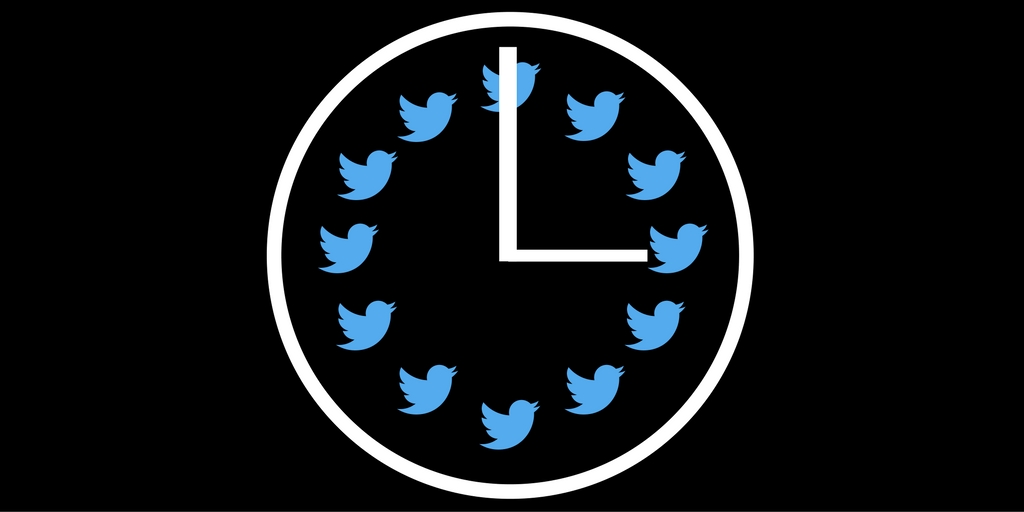
What is the ideal frequency for posting to Twitter? We did the experiment.
 I came across an article on Socialbakers that suggested that posting to Twitter three times per day is the ideal frequency for brands. Intrigued by this statistic, I looked further and found that Buffer posts to Twitter 14 times per day.
I came across an article on Socialbakers that suggested that posting to Twitter three times per day is the ideal frequency for brands. Intrigued by this statistic, I looked further and found that Buffer posts to Twitter 14 times per day.
At Fronetics we typically post content to Twitter an average of 40 times per day. That’s an average of 40 times per day for Fronetics, and an average of 40 times per day for each of our clients. That’s a lot of time on Twitter. Given this, the numbers given by Socialbakers and Buffer caught my attention. Could we reduce the frequency to which we post to Twitter and keep (or even increase) engagement and ROI? We decided to do the experiment.
The results
As shown in our social experiment infographic, when we reduced the number of times we post to Twitter from 40 times per day to 15 times per day, our engagement and ROI plummeted.
Not only did we realize close to a 50% decline in traffic to the website, we also realized a 33% decline in new contacts. That’s a 33% decline in our lead pipeline.
We also realized a decline in link clicks (58%), profile visits (61%), retweets (65%), and new followers (39%). In short, our engagement numbers took a dive – off a cliff.
So, how often should you tweet?
Although the numbers were abysmal, the experiment was a good one. It showed that, for Fronetics, posting to Twitter at a frequency of around 40 times per day is right for our company.
Does that mean the frequency is right for each of our clients? No. Does it mean that the frequency is right for your business? No. What it means is that there is no magic number when it comes to the ideal frequency for posting to Twitter.
Your company, or your marketing partner, should conduct due diligence and determine what the right frequency is for your business. Yes, you may realize a significant decline in engagement in ROI during your experiment. On the other hand, you may realize an increase in engagement and ROI — captured with lower output in terms of time and resources.
Do the experiment. I’d love to hear your results, and learn what frequency works for your business.
Not tracking your metrics on a monthly basis? Start now. Metrics enable you to measure success, drive strategy, and demonstrate the ROI of your marketing efforts.
Related posts:


by Fronetics | Oct 19, 2015 | Blog, Strategy, Supply Chain
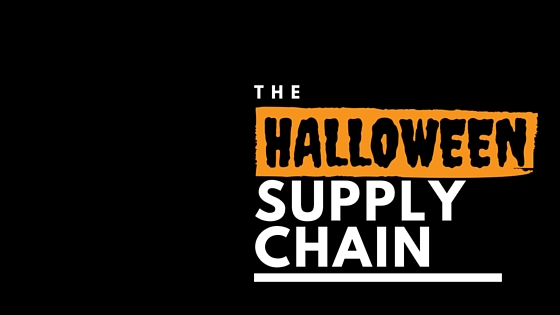
It seems to me that Halloween merchandise is on display in stores and online earlier and earlier every year. A spokesperson for the National Retail Federation (NRF) last month confirmed this when she pointed to a spike in consumer Halloween spending in recent years. Halloween, she says, has been on the upswing in recent years in terms of the number of people celebrating and what they’re spending. And retailers have certainly taken notice. In 2014 consumers spent an average of $77 on Halloween candy, costumes and decorations – the highest amount ever recorded. While an estimated four million adults will don the ever-classic witch costume on Halloween this year, it seems like they’ll be spending less to do so; the NRF is predicting the average family will spend $27.33 on costumes, down slightly from 2014. Total spending in 2015 though is still predicted to top $6.9 billion. Check out our infographic below to see how the Halloween supply chain delivers the tricks and treats.
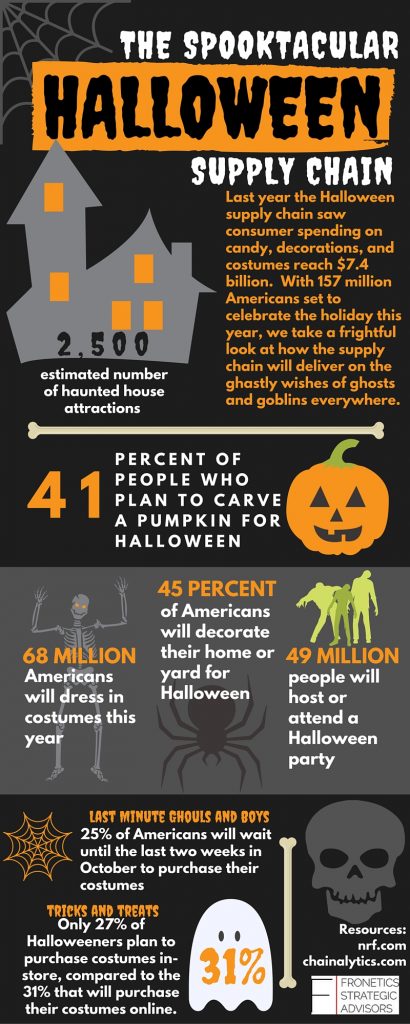
![5 Tips Supply Chain Managers Need to Build Landing Pages That Convert [Infographic]](https://fronetics.com/wp-content/uploads/2024/10/landing-pages-that-convert.jpg)
by Fronetics | Sep 28, 2015 | Blog, Logistics, Marketing, Supply Chain, Talent

Landing pages are a fundamental tool in converting website visitors into leads. They’re what convince your visitors that they absolutely must download your fabulous resource offer. Yet often times they’re treated as the annoying little sibling to high-value content pieces – tagging along almost as if an after-thought. In reality, landing pages have just as much, and possibly even more importance than the content offer. Besides, what good is your best resource if it’s landing page stinks?
Here are five tips supply chain managers need to build landing pages that are sure to convert visitors into leads.

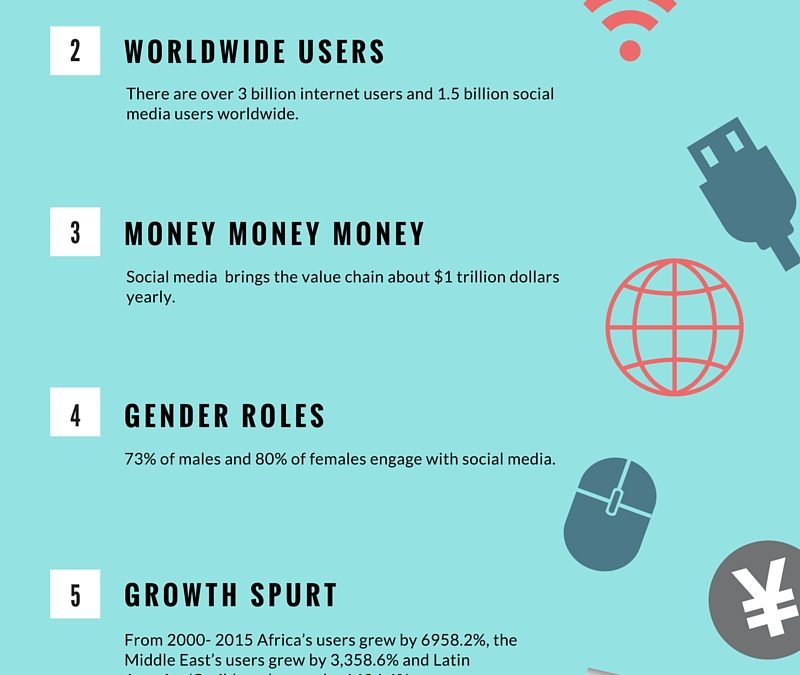
by Fronetics | Sep 17, 2015 | Blog, Internet of Things, Marketing, Social Media
As of January 2015 nearly half (3.01 billion) of the world’s population (7.21 billion) were active internet users. Population growth from the previous year was up 1.6%, active internet users were up 21%, and social media users were up 12%. These are big leaps, and continued growth is predicted. These numbers are a good thing, not only for people like Mark Zuckerberg, but also for business.
Here are 8 reasons why your business needs to harness the power of the internet:
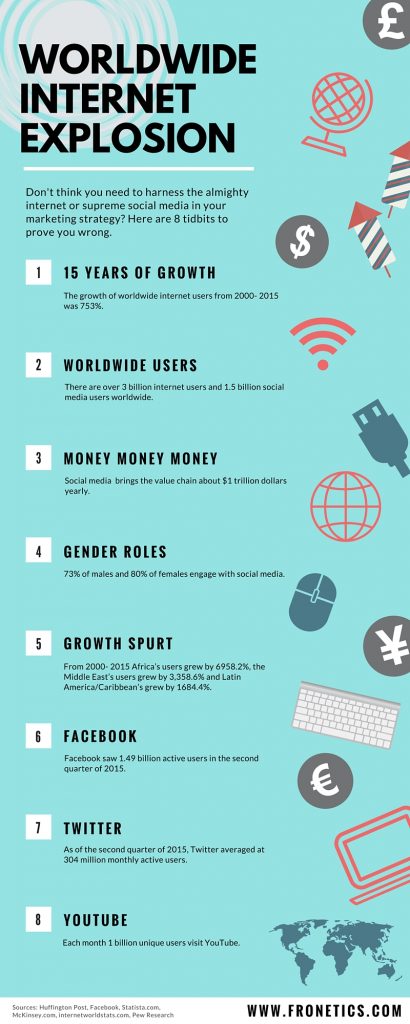
![Unlocking Your Marketing ROI with Analytics [infographic]](https://fronetics.com/wp-content/uploads/2024/10/Fronetics-Marketing-ROI-800x675.png)
by Fronetics | Sep 9, 2015 | Blog, Content Marketing, Data/Analytics, Marketing
In the age of big data, everything in marketing is measureable – and that’s not necessarily a good thing. As Dimitri Maex of Ogilvy Consulting puts it, “marketers are drowning in numbers because they are focused on what they can measure rather on what they should measure.” Unfocused efforts to evaluate the success of your marketing activities can lead to a host of problems. Central to these problems, though, is the failure to measure and report activities in a way that clearly demonstrates the link between marketing and your company’s bottom line. Check out our infographic that details four marketing metrics guaranteed to resonate with your CEO (and our guide to the 6 marketing metics your boss really cares about).
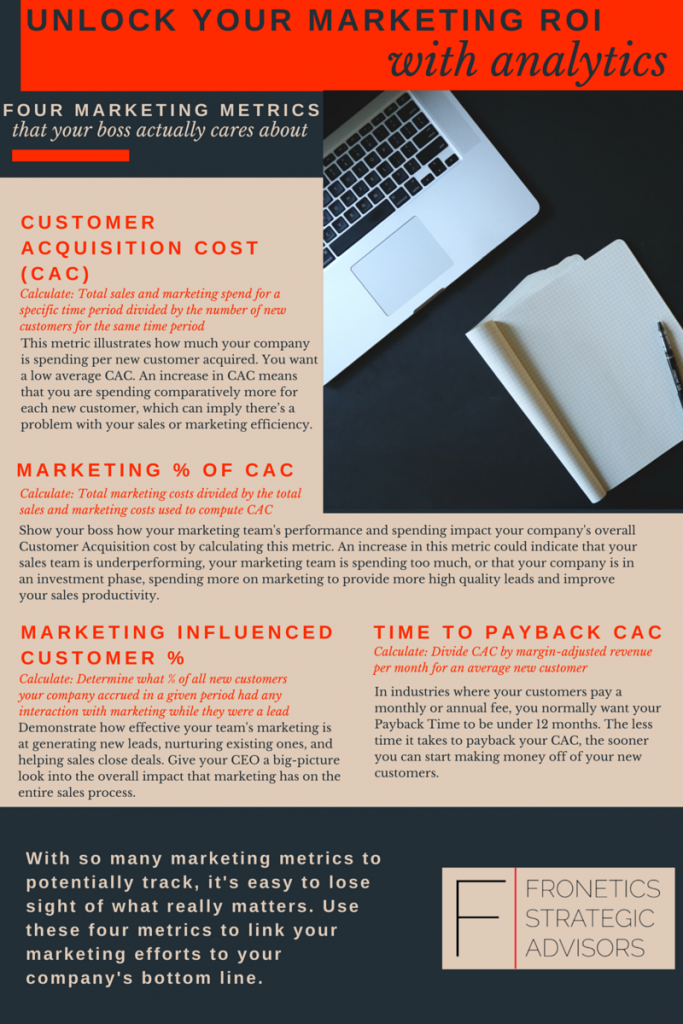
You might also be interested in:
When it comes to marketing we work with our clients to create and execute strategies that drive success and elevate their brand position within the industry. Unlike other firms, we align marketing programs with business objectives and, through a data driven approach, are able to deliver results with a targeted ROI. Our team is comprised of strategists, marketing professionals, writers, designers, and experts in social media. Together we leverage our experience to increase brand awareness, position our clients as thought leaders, drive meaningful engagement with prospects and customers, and help businesses grow.



 I came across an article on Socialbakers that suggested that posting to Twitter three times per day is the ideal frequency for brands. Intrigued by this statistic, I looked further and found that Buffer posts to Twitter 14 times per day.
I came across an article on Socialbakers that suggested that posting to Twitter three times per day is the ideal frequency for brands. Intrigued by this statistic, I looked further and found that Buffer posts to Twitter 14 times per day.




![5 Tips Supply Chain Managers Need to Build Landing Pages That Convert [Infographic]](https://fronetics.com/wp-content/uploads/2024/10/landing-pages-that-convert.jpg)



![Unlocking Your Marketing ROI with Analytics [infographic]](https://fronetics.com/wp-content/uploads/2024/10/Fronetics-Marketing-ROI-800x675.png)

